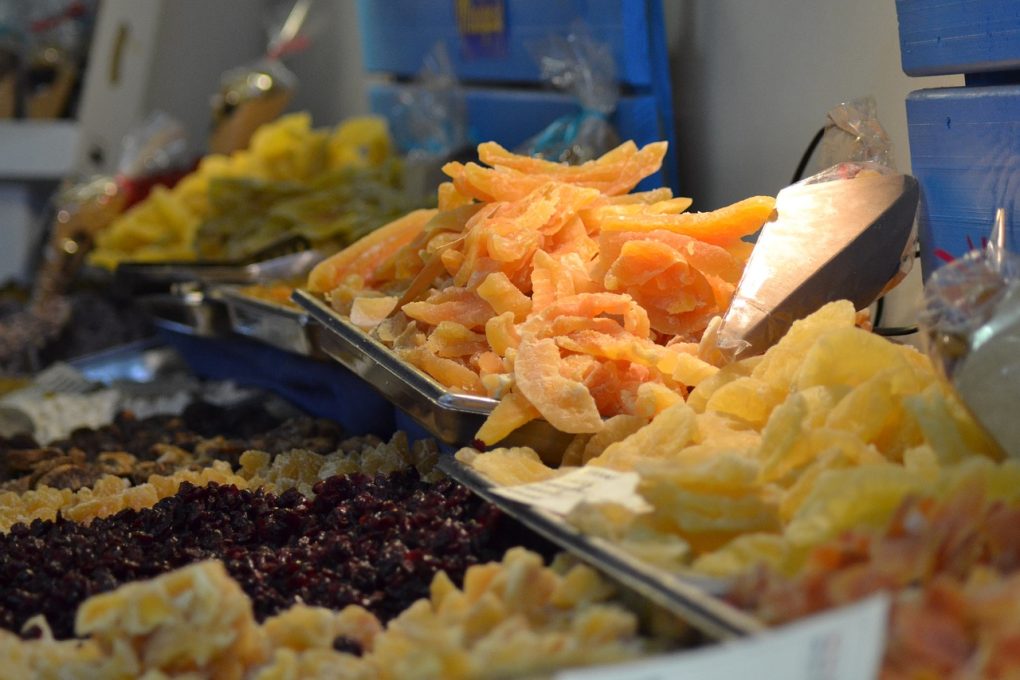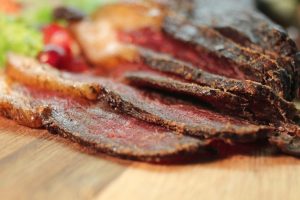
Preserving food is a crucial aspect of food storage and distribution. Food preservation techniques can help extend the shelf life of food and prevent spoilage. Two popular methods of food preservation are dehydration and freeze-drying. In this article, we’ll explore the differences between these methods and help you choose the right method for your needs.
Dehydration
Dehydration is a food preservation technique that involves removing moisture from food by exposing it to warm, dry air. This process can be accomplished using an oven, dehydrator, or even the sun. Dehydrated food can be stored for a long time and is lightweight, making it ideal for backpacking and camping. However, dehydration can cause food to lose some of its nutritional value and flavor.
Advantages of Dehydration
- Simple and cost-effective method of food preservation
- Ideal for short-term storage and situations where weight is a concern
- Lightweight, making it ideal for backpacking and camping trips
- Can be stored for a long time
Disadvantages of Dehydration
- Can cause food to lose some of its nutritional value and flavor
- Heat used in the dehydration process can cause the food to become tough or chewy
- Best suited for fruits, vegetables, and meat jerky
Freeze-Drying
Freeze-drying is a more complex process of food preservation that involves freezing food and then placing it in a vacuum chamber to remove moisture. It is more expensive than dehydration, but it preserves the nutritional value and flavor of food better. Freeze-dried food is also lightweight and has a long shelf life, making it ideal for emergency preparedness and long-term food storage.
Advantages of Freeze-Drying
- Preserves the nutritional value and flavor of food better than dehydration
- Lightweight and has a long shelf life, making it ideal for emergency preparedness and long-term food storage
- Retains the shape, color, and texture of the original food
Disadvantages of Freeze-Drying
- More expensive than dehydration
- Requires specialized equipment
- Longer processing time
Comparison of Dehydration and Freeze-Drying

When choosing between dehydration and freeze-drying, it’s important to consider your specific needs.
Short-Term vs Long-Term Storage
- When it comes to storing things for a short amount of time, dehydration is the way to go. But if you need to keep something stored for a long time, then freeze-drying is your best bet.
Nutritional Value and Flavor
- Dehydration can cause food to lose some of its nutritional value and flavor, while freeze-drying tends to preserve them more effectively.
Weight
- If you’re planning a backpacking or camping trip, dehydrated food is a great option because it’s lightweight and easy to pack. However, if you want something that is lightweight, has a long shelf life, and is easy to carry on-the-go, then freeze-dried food is also a good choice.
Cost
- In terms of preserving food, dehydration is a straightforward and economical approach, whereas freeze-drying is typically pricier and demands specialized equipment to do the job properly.
Conclusion
In conclusion, both dehydration and freeze-drying are effective methods of food preservation, but each has its advantages and disadvantages. Dehydration is a simple and cost-effective method that is best for short-term storage and situations where weight is a concern. Freeze-drying is a more complex and expensive process, but it preserves the nutritional value and flavor of the food better and is best for long-term storage. Whether you’re an outdoor enthusiast, a prepper, or just want to extend the shelf life of your food, choosing the right preservation method is essential.


